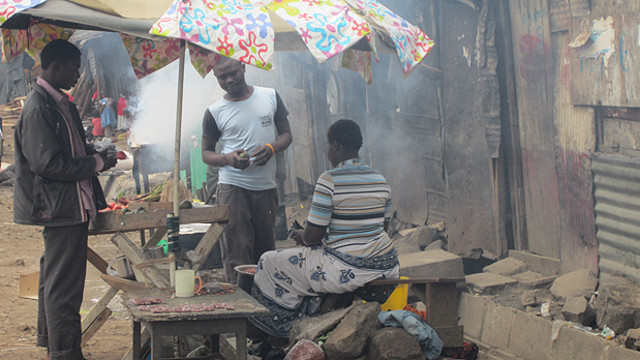Visualising urbanisation
We are living in what many call the 'urban century' and the many layers of complexity around the world's growth in urban areas have led the International Institute for Environment and Development (IIED) to develop new ways of looking at urbanisation.

This IIED data visual shows the scale and speed of global urban transformation (Photo: Matt Wright, IIED)
We need to understand urbanisation – what it looks like, what it means and what it might mean in the future. One innovative way we have done this is to work with Kiln, a data visualisation and interactive studio.
Combining all our skills of research, detailed knowledge, data analysis, mathematics, cartography and graphic design, we have created visual realisations of some of the urbanisation data. Please explore them…
Growth of cities: explore the world between 1800 and 2030, seeing which cities have emerged and are emerging and the patterns between them.
Income growth and urbanisation: focusing on the period between 1980 and 2010, this interactive visualisation allows you to explore the connections between levels of income and levels of urbanisation – not always what you expect.
Some of the connections between the dynamics of urbanisation and economic change are also illustrated with reference to the BRICS – Brazil, Russia, India, China and South Africa – in an introductory video, while IIED principal researcher Gordon McGranahan's blog explores what the BRICS teach us about urbanisation and economic growth.
Additional resources
Urbanisation Concepts and Trends, Gordon McGranahan and David Satterthwaite (2014), IIED Working paper
Urban Growth in Emerging Economies: Lessons from the BRICS, edited by Gordon McGranahan and George Martine (2014), Routledge, Book



